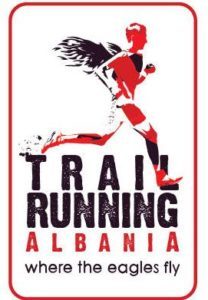Team Challenge
Team CHALLENGE
TEAM CRITERIA
A minimum of 5 registered & paid participants
WHY THE CORPORATE / TEAM CHALLENGE
FOR BUSINESSES, to help build relationships in the office, strengthen your team’s work environment, and promote health, physical fitness, and fun!
FOR FRIENDS, to have some fun and compete with other groups to see whose group of friends are number ONE.
FOR SCHOOLS, to show your school pride, help build current and new friendships, and promote health and physical fitness.
AWARDS
An award goes to the Team & School with the lowest cumulative total of it’s five fastest runners. Timing chips will be used to calculate individual and team times.
CORPORATE/GROUP/TEAM CHALLANGE
Running a race with co-workers or with a group is much more fun than running a race alone! Our Corporate Team Challenge program allows you to create a company team and encourages team building and corporate wellness!
Corporate Team Challenge program is for companies or clubs that are driven to promote wellness, and are looking to encourage a healthy lifestyle while having fun in the process! The program makes it easy for the corporation while providing a few team perks as well!
LARGE GROUP – GETTING STARTED IS AS EASY AS EASY AS 1-2-3
1. Designate a Team Captain for your company and have them develop a team. Recruit, full time & part time employees. Encourage employees to ask their family members & friends to run the race too.
2. Registration forms, excel document, and payment can be collected closer to the race date. Payment can be made individually or one lump sum by the corporation.
3. On race day racers can run/walk at their own pace and meet up at the after party to celebrate!
PERKS
* Special recognition at the event & MORE
Team Registration
Please consider joining with us on September 15th, 2019 in making The Wolf Trail a success! Call us today and we will get you all the tools needed to start developing your team! For additional information please feel free to contact us at info@trailrunningalbania.com, we would be happy to answer any questions that you may have.
What are you waiting for? CREATE A TEAM & JOIN THE LIST IN 2019!
